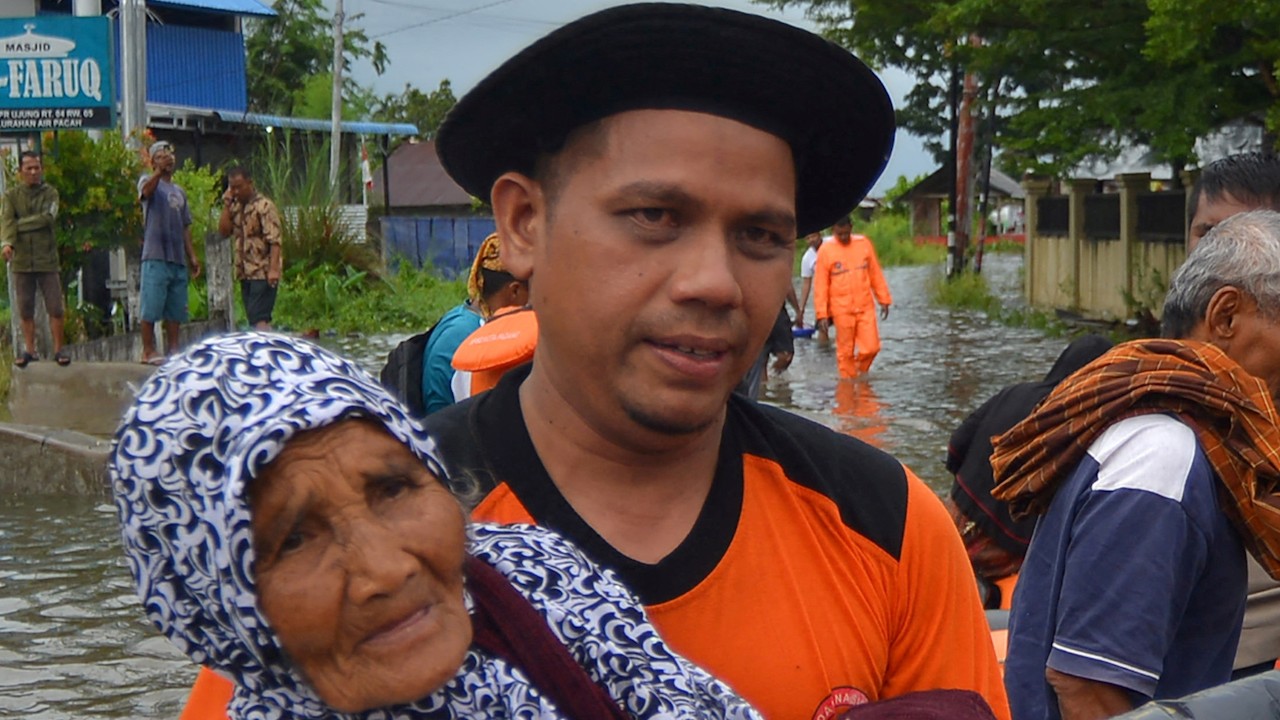
Australia summit shows Asean wants climate partners. Hong Kong, step up
- Melbourne meeting reaffirmed Asean’s carbon neutrality strategy and unveiled partnerships with Australia. Asean’s climate investment gap is a chance for Hong Kong and the Greater Bay Area
Asean is also a rising source of greenhouse gas emissions, with a growing population, an energy mix dominated by fossil fuels, new coal plants planned or under way, and deforestation. With a collective gross domestic product that doubled from 2009 to 2019, the need to decouple economic growth from emissions growth in Asean is clear.
To respond to these challenges, Asean members last year adopted its carbon neutrality strategy, setting out initiatives that cover areas from physical infrastructure to financial markets. At the Melbourne summit, Asean members reaffirmed this strategy.

The Melbourne declaration also asserts that the “pursuit of renewable and clean energy ambitions across the region, on both land and sea, will create lasting regional security”.
Additionally, Asean and Australia commit to “deepening collaboration on reducing emissions as well as decarbonising our energy systems, establishing renewable energy markets, deploying low emissions technologies and developing our workforces’ skills and capabilities to drive an inclusive energy transition”.
The partnerships announced at the summit highlight Asean’s need for support to achieve its carbon neutrality goals. Meeting the goals will be extremely difficult. Alongside policy uncertainty, finance is a persistent challenge. The clean energy investment gap runs into the tens of billions of US dollars at least and the challenges of matching available finance with investible projects is a constraint.
Summit spells out key connecting role Hong Kong can play for Asean
What’s needed is a sharper focus on the climate dimensions of the relationship, matched with sustained Hong Kong engagement with Asean members and institutions. For instance, the Hong Kong Monetary Authority recently announced a joint climate finance conference in partnership with Dubai, focused on transition financing in the Middle East and Asia. Why not something similar with an Asean counterpart?
With the Cop28 consensus on transitioning from fossil fuels, the world has entered a new phase of climate action. New decision points are quickly coming, with countries required to commit to strengthened national climate goals in 2025. As its recent summit showed, Asean has high climate ambitions. Helping to achieve them is in our collective interest.
Dr Stephen Minas is a professor at Peking University School of Transnational Law in Shenzhen and directs its Sustainability Innovation and Law Circle


